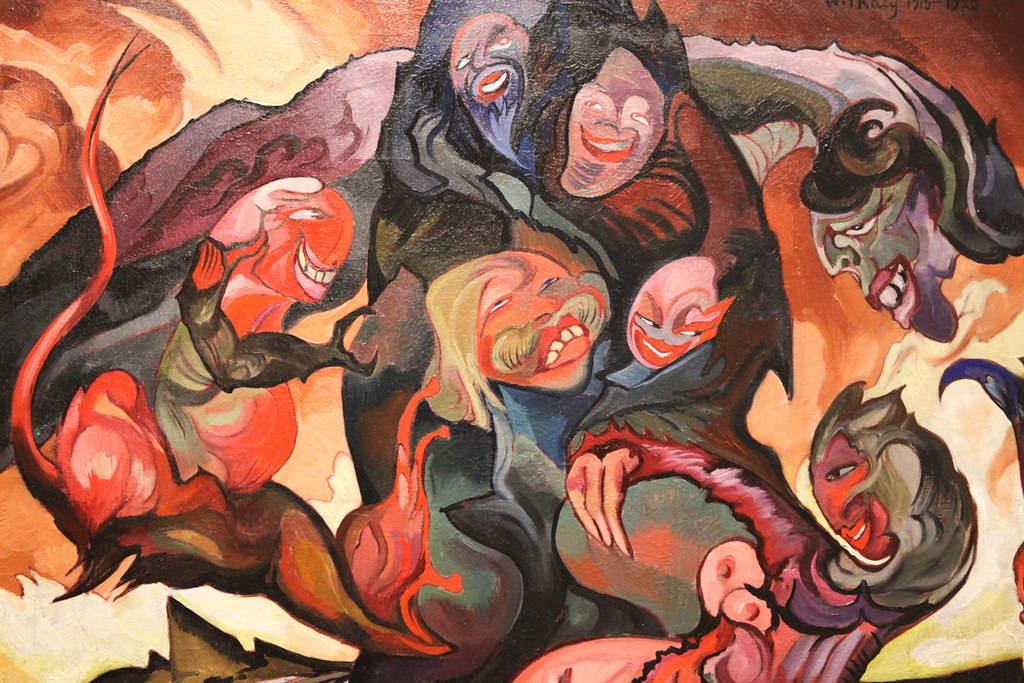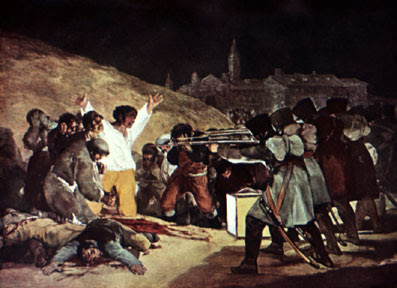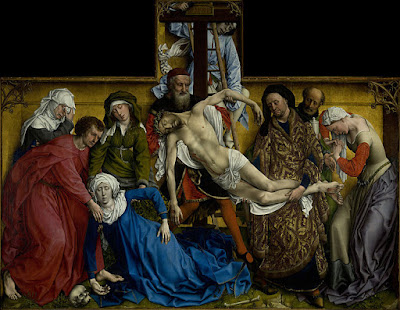Contemporary art is the art of today, produced by artists who are living in the twenty-first century. Contemporary art provides an opportunity to reflect on contemporary society and the issues relevant to ourselves, and the world around us. Contemporary artists work in a globally influenced, culturally diverse, and technologically advancing world. Their art is a dynamic combination of materials, methods, concepts, and subjects that challenge traditional boundaries and defy easy definition. Diverse and eclectic, contemporary art as a whole is distinguished by the very lack of a uniform, organizing principle, ideology, or ‘ism.’ Contemporary art is part of a cultural dialogue that concerns larger contextual frameworks such as personal and cultural identity, family, community, and nationality.
The classification of "contemporary art" as a special type of art, rather than a general adjectival phrase, goes back to the beginnings of Modernism in the English-speaking world. In London, the Contemporary Art Society was founded in 1910 by the critic Roger Fry and others, as a private society for buying works of art to place in public museums.[3]
A number of other institutions using the term were founded in the 1930s, such as in 1938 the Contemporary Art Society of Adelaide, Australia,[4] and an increasing number after 1945.[5] Many, like the Institute of Contemporary Art, Boston changed their names from ones using "Modern art" in this period, as Modernism became defined as a historical art movement, and much "modern" art ceased to be "contemporary". The definition of what is contemporary is naturally always on the move, anchored in the present with a start date that moves forward, and the works the Contemporary Art Society bought in 1910 could no longer be described as contemporary.
A number of other institutions using the term were founded in the 1930s, such as in 1938 the Contemporary Art Society of Adelaide, Australia,[4] and an increasing number after 1945.[5] Many, like the Institute of Contemporary Art, Boston changed their names from ones using "Modern art" in this period, as Modernism became defined as a historical art movement, and much "modern" art ceased to be "contemporary". The definition of what is contemporary is naturally always on the move, anchored in the present with a start date that moves forward, and the works the Contemporary Art Society bought in 1910 could no longer be described as contemporary.






